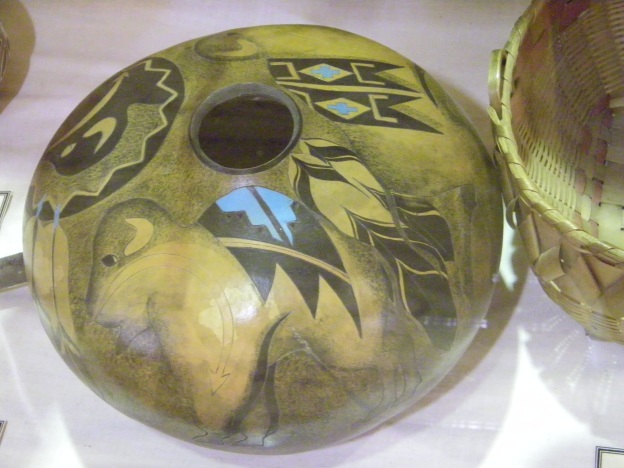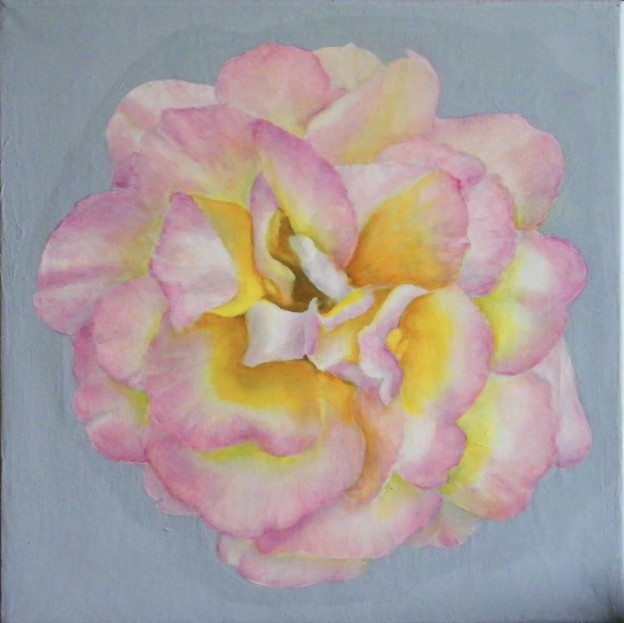My hubby Al and I took a day trip to Louisiana, Missouri, which rests along the banks of the Mississippi River about an hour’s drive from us. We had heard there were a lot of art galleries and had been planning to visit for years. Unfortunately, we had waited too long. Empty storefronts lined the downtown streets and “for sale” signs were posted everywhere. A reminder of how devastating the economy has been for small town America.
I was particularly saddened for all the area artists and artisans whose dreams were either crushed or redirected. We didn’t find a single gallery or studio. What we did find were beautiful historical mansions and murals. Lots and lots of murals. The artists had left their mark.
It got me thinking about regionalism. What does it mean to be a regional artist? The first thing that comes to mind is artists who paint local landscapes and historical scenes. This is true, but is that the whole story on regionalism? Then I thought about those who only show their work in their region. They would be regionalists in the purist form, but with technology as it is today, I quickly discounted the idea.
Then I hit upon the idea of palette. I’ve traveled throughout North America and discovered that each region’s nature has a different palette. Even the earth, void of foliage, is different colors in different regions. Compare the Southwest’s bleached sand and orange rocks to the Midwest’s rich deep brown dirt and limestone rocks. What if a regional artist paints within the palette of his/her region no matter the subject matter?
Would a portrait artist choose her palette subconsciously by her regional colors? What about a still life artist? It’s obvious a landscape artist would? But what if he was painting a landscape from a different region? How much influence does the local environment have on an artist’s choices? These are questions I’ve never considered before and are food for thought and debate.
I think I’m greatly influenced by my region’s colors. In my paintings I choose colors that I’m comfortable with. Those that surround me and speak of home, of the Midwest. Looking back at paintings I’ve done from other regions, I see where I may have muted colors to appeal more to a Midwestern eye.
It’s not that you can’t find every color possible wherever you are in the world. For the most part, its more a matter of tones and tints, and which are the dominant colors in each region.
Well, these are just a few thoughts for the day as I get ready for a trip to Florida. I’ll have to visit the local galleries while I’m there to see what’s on their palettes. If you have any thoughts on the topic I’d love to hear. What about you? Do you think your palette is influenced by your surroundings?






